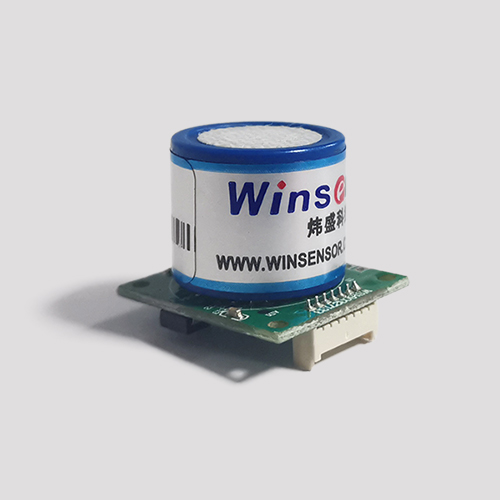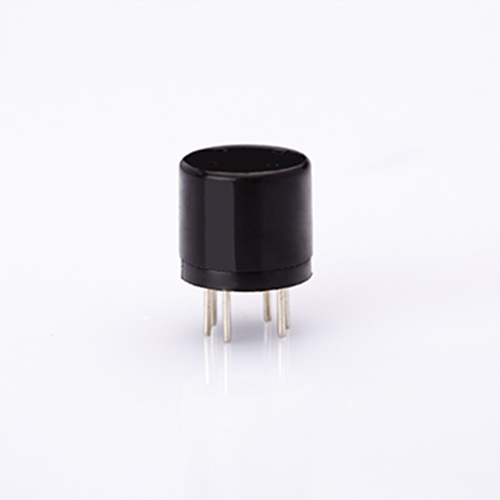ZE14-O3 electrochemical ozone module is a general-purpose, miniaturized module. The electrochemical principle is used to detect O3 in the air, which has good selectivity and stability. Built-in temperature sensor for temperature compensation; at the same time, it has digital output and analog voltage output, which is convenient to use. ZE14-O3 is a general-purpose gas module designed and manufactured by closely combining mature electrochemical detection technology with sophisticated circuit design.

The gas sensing material used in the MQ131 ozone gas sensor is tin dioxide (SnO2), which has a low conductivity in clean air. When there is ozone gas in the environment where the sensor is located, the conductivity of the sensor increases with the increase of the ozone gas concentration in the air. The change in conductivity can be converted into an output signal corresponding to the gas concentration using a simple circuit.
The MQ131 ozone gas sensor has high sensitivity to ozone, and also has a certain sensitivity to strong oxidizing gases such as chlorine and nitrogen dioxide, and reacts in the opposite direction of ozone to organic interfering gases.

The MP-702 ammonia gas sensor adopts a multi-layer thick film manufacturing process. The heater and the metal oxide semiconductor gas sensing layer are respectively made on both sides of the micro Al2O3 ceramic substrate, and are packaged in a metal shell. When the detected gas exists in the ambient air, the conductivity of the sensor changes. The higher the concentration of the gas, the higher the conductivity of the sensor. This change in conductivity can be converted into an output signal corresponding to the gas concentration using a simple circuit.

ME3-NH3 electrochemical gas sensor is based on the principle of electrochemistry, using the measured gas to have corresponding redox reactions on the working electrode and counter electrode of the sensor and release charges, and form a current through an external circuit, the current size is proportional to the gas concentration, thus Realize quantitative measurement of target gas.

The gas sensing material used in the MQ137 ammonia gas sensor is tin dioxide (SnO2), which has a low conductivity in clean air. When there is ammonia gas in the environment where the sensor is located, the conductivity of the sensor increases with the increase of the ammonia gas concentration in the air. The change in conductivity can be converted into an output signal corresponding to the gas concentration using a simple circuit.
The MQ137 ammonia gas sensor has high sensitivity to ammonia gas, and is also ideal for monitoring other organic amines (such as trimethylamine, ethanolamine, etc.). This sensor can detect a variety of ammonia-containing gases and is a low-cost sensor suitable for a variety of applications.

The MEMS ammonia gas sensor is composed of a Si-based micro-hot plate made of MEMS technology and a metal-oxide-semiconductor material with low conductivity in clean air. When the detected gas exists in the ambient air, the conductivity of the sensor changes. The higher the concentration of the gas, the higher the conductivity of the sensor. The change in conductivity can be converted into an output signal corresponding to the gas concentration using a simple circuit.


















